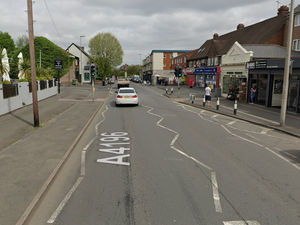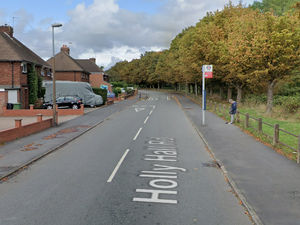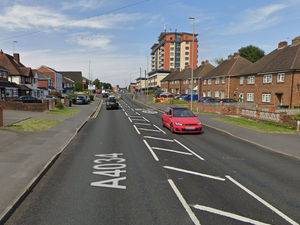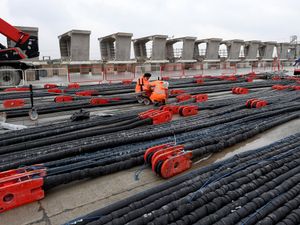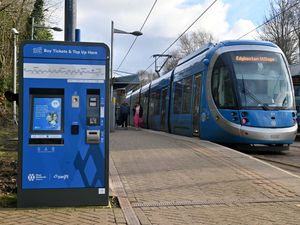How much longer will disruption last? New setback in M6 roadworks
A long-awaited completion date for roadworks on the M6 has been thrown into doubt after highways bosses refused to provide an update on the scheme finishing.
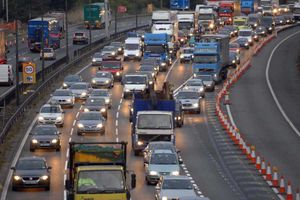
Work on the motorway between junctions 10a for the M54 and 13 for Stafford was supposed to finish at the end of this month, but Highways England will not comment on if they are still on track, or when the work will be completed.

The scheme, which has imposed a 50mph speed limit on the stretch since October 2013, was due to be finished at the end of December but was pushed back to this month.
Now Highways England say they will not announce the completion date until all the technology is in place.
A web page on the scheme says it will be complete in 'early 2016'.
Alistair Harris, a spokesman for Highways England, said: "We are working towards opening this section of the motorway.
"We are making sure that all the technology required to operate the system is in place.
"We will be able to confirm our date once this work has been completed."
Mr Harris added that the work had not been affected by the recent poor weather.
He said: "We haven't had any problems because of the weather so far."
The roadworks run right alongside South Staffordshire and have led Councillor Brian Edwards, the leader of South Staffordshire council, to brand the delays a 'nuisance' and 'frustrating'.
He said: "We have had roadworks between junctions nine and 10 for a long time already.
"These latest delays are disappointing, especially as they can't tell us when they will finish.
"It's just a nuisance.
"It's frustrating as well that they're going on so long."
The mystery over the finishing date could be another headache for thousands of motorists who have been slapped with £100 fines since the scheme began.
Figures obtained by the Freedom of Information revealed that on average more than 450 drivers a month were caught breaking the temporary speed limit.
An estimated 120,000 vehicles a day travel between junctions 10a and 13 and the work being carried out is designed to alleviate congestion by introducing a raft of measures.
Road sensors have been installed underneath the highway surface to monitor the volume of traffic and how fast vehicles are travelling.
These will work in tandem with overhead gantries which impose temporary speed limits when necessary to improve the flow of traffic or if there is an accident.
Hard shoulders will also be used as running lanes to expand the capacity of the road.

